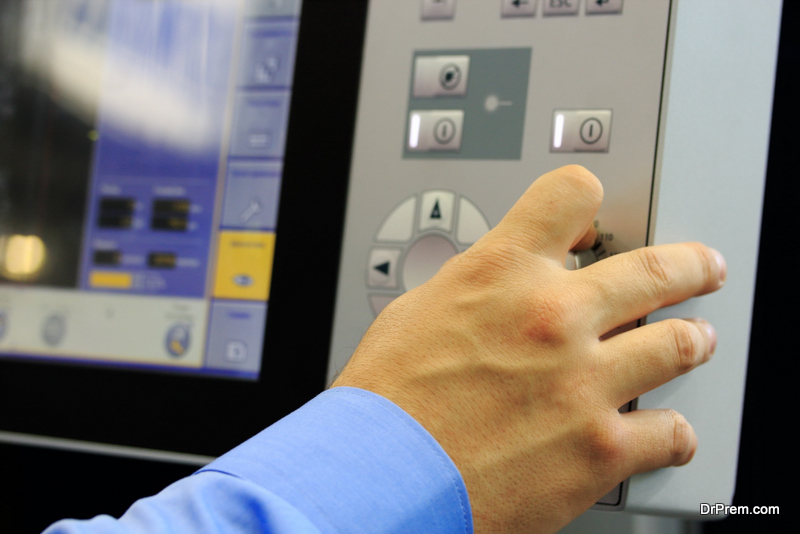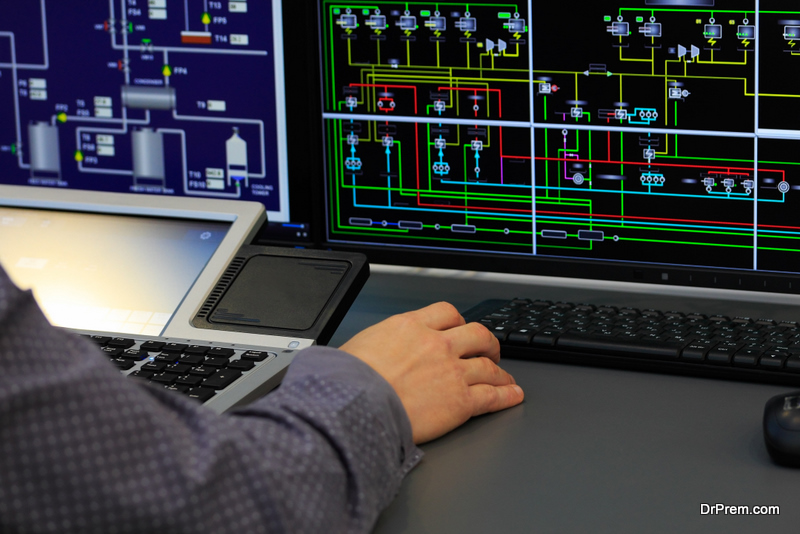Implementing energy conservation control strategies can be challenging for the owners of manufacturing plants or people who integrate power systems in their homes. Electrical power management systems or EPMS are typically used to monitor electric distribution networks and serve as power sources.
A range of data is provided, including power consumption, power quality, and event alarms. An electrical power generation system or power substation can also access information on power flow within the substation. In addition, manufacturers, large ships, and other high-power locations use EPMS to ensure smooth operations.
Follow these practices for efficient performance to ensure your electric power management system is running at maximum efficiency without any problems.
1. Manage Real-Time Energy Use

Electric power management systems are designed to ensure that power capacity matches power demands at any time, even when a generator stops unexpectedly. They do this by providing primary consumers’ load that does not overload the capacity.
It’s best to monitor real-time data to get updated on any peaks in utility usage, occupancy, and building usage that might arise. Metering systems allow operators to detect any potential problems immediately, which will enable them to implement corrective measures and prevent critical outages while managing loads before they harm the entire system. They will also be able to identify which sectors use the most power and need more. This allows for energy-efficient distribution across the whole plant or home.
2. Invest In an Electrical Integrator System
Any new or upgraded power or manufacturing plant must provide visibility into every aspect of its operation, including the electrical control system. Integrators enable workers to access real-time information by connecting these hard-wired systems, but they are separate from a plant’s standard process control system. Electrical integrator systems with a control systems integrator allow for advanced digital technology integration.
3. Supervise The Energy Consumption
Analyze the data collected to develop a plan for managing daily, monthly, and annual costs and energy consumption. It is possible to lower costs with load shifting and demand-limiting systems that reduce customer loads during peak hours. This allows utilities to run and meet demand during peak hours by limiting peak demand consumption. During the summer, the reduction of peak demand can also lower electricity costs and reduce greenhouse gas emissions per kilowatt-hour.
4. Develop A Holistic Plan

It isn’t easy to make a significant impact without a clear direction or an effective action plan. But you can achieve substantial results with better planning and leveraging the overall savings. Integrating a holistic method will help you leverage savings and make improvements. And in a holistic electrical power management strategy, lighting and building automation offer longer payback times, such as renewable energy.
5. Monitor and Improve On Current Systems
Unexpectedly shutting down can eliminate efficiency and savings previously achieved. Installing power meters and energy management systems and regularly maintaining them can result in long-term positive investment returns. In addition to maximizing energy savings generated by active energy measures, creating and implementing a strategic management system could also educate any stakeholders involved on how the entire system operates.
6. Streamline Some Measures With Automation
Power management systems are critical for electrical systems to operate at peak performance in light of the recent power crisis and rising electricity costs. For electrical power users and producers to be competitive, modern EPMS requires new innovative techniques. That’s why it’s a great idea to automate some measures within the system.
Sensors and schedule-based lighting controls can automatically turn on the lights when necessary. Additionally, some commands can adjust the daily heating and cooling to optimum levels. In addition to being proactive in power management, these measures also allow you to actively adjust them as needed based on the energy requirements of your facility.
Conclusion
It is important to remember that reducing costs and increasing productivity should be the priorities when looking for strategies to improve the efficiency of an electric power management system. You can avoid penalties, forecast electricity costs each month, and verify each bill you receive with regular consumption monitoring. As a result, any threats to the system, such as poor quality or power disturbances, can be identified and handled immediately.
Installing a network of meters can also provide information on cost allocation by department or function. Automated reports can let staff and everyone involved stay informed about reducing costs, maximizing efficiency, and minimizing power consumption. When you clearly understand the overall power requirements, you can identify opportunities for improving power supplies.
Article Submitted By Community Writer


